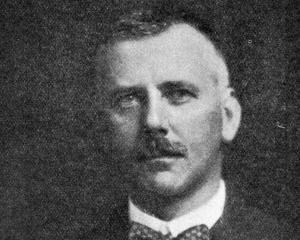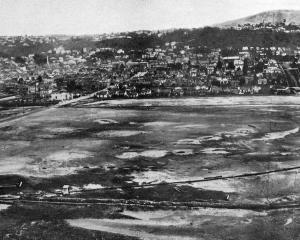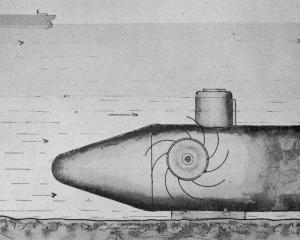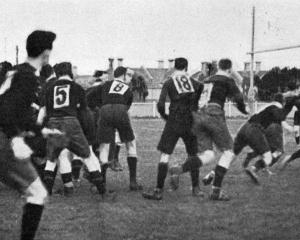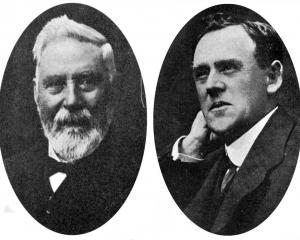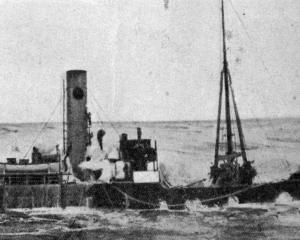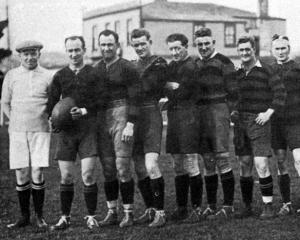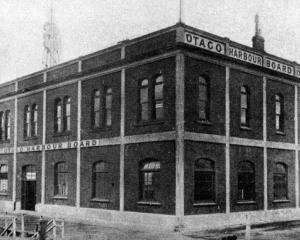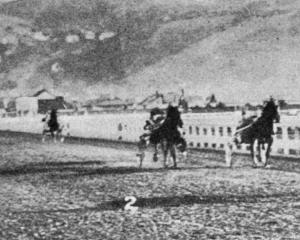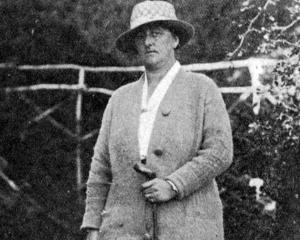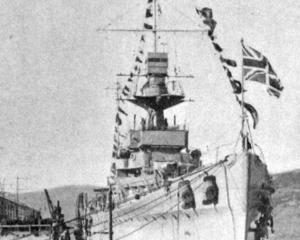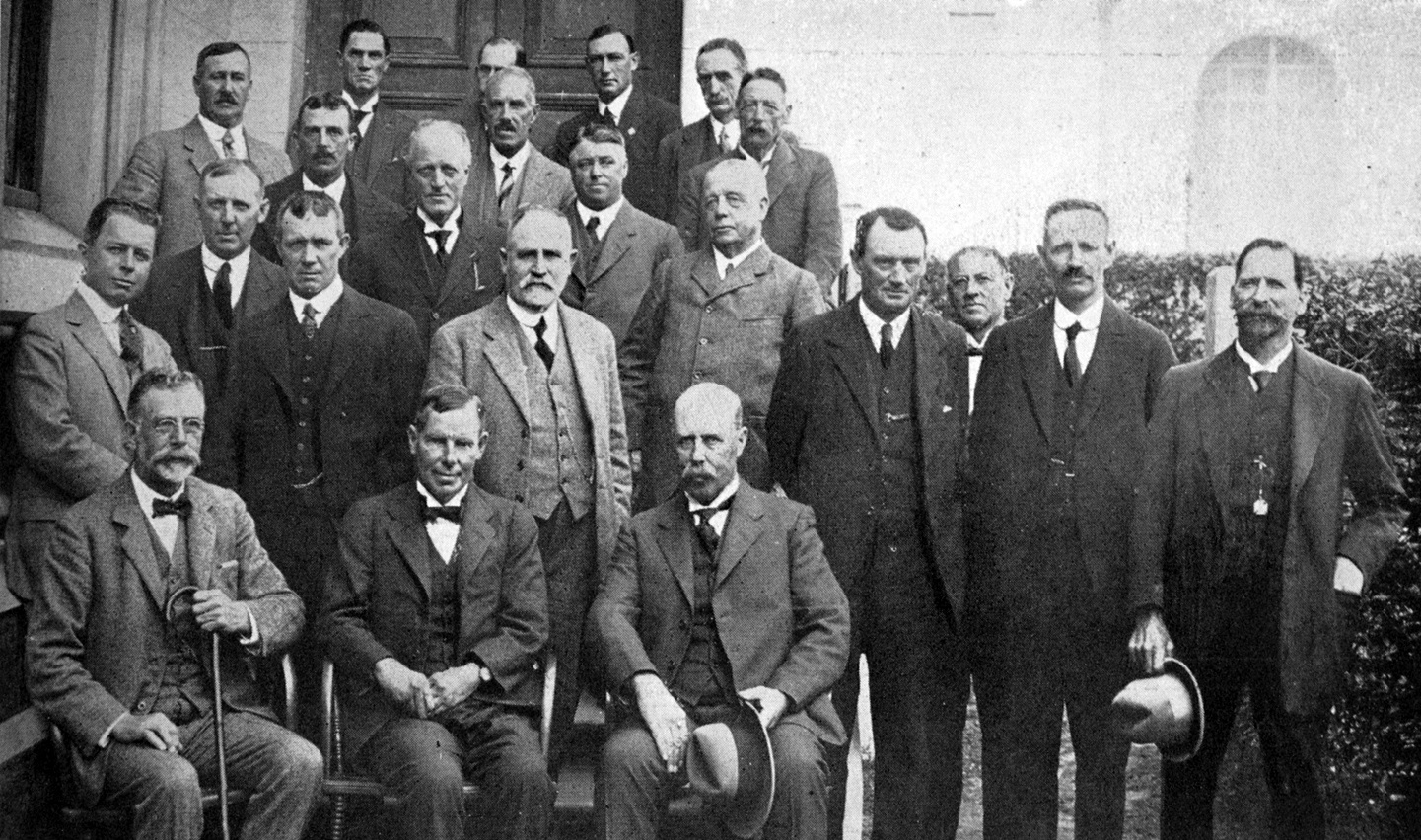
"So far as I am concerned, it is a question of the weight of the evidence I have as to the best method of assisting to preserve bird life. I have to be guided by the evidence that comes to our department from all quarters."
Councils, public support expo
The project for holding an exhibition in Dunedin in 1925 may now be said to have been fairly launched. Last night the desirability of the scheme was formally affirmed by a meeting representative of the local bodies and principal institutions of the city as well as of the commercial and industrial interests. The number of citizens who responded to the Mayor’s invitation to attend this meeting and who unanimously approved of the proposal furnished in itself a striking proof of the existence of a firm belief that the time is ripe for holding an exhibition in Dunedin upon an imposing scale, whether it be Imperial or international. We feel that the public is to be congratulated upon the step which is now being taken, for it is one that will certainly contribute in a marked degree to the advancement and material welfare of the city and provincial district. — editorial
Convolvulus given proper name
An introduced plant known popularly as the white convolvulus is becoming so plentiful in New Zealand as to earn a reputation as a serious nuisance.
It is regarded generally as a variety of Calystegia sepium, the common bind weed. Unknown in New Zealand 50 years ago, it is found now almost everywhere in the country. It carries its long white runners underground for many yards in a single season.
Great difficulty is experienced in eradicating it. As it does not produce seed in our climate, apparently for want of the special fertilising insect, its wide distribution is hard to understand at first, but even the tiniest scrap of the white underground stems will produce a large plant in a single season, and, evidently, it may be carried about in soil, in mud, on cart wheels, or even on boots. — ODT, 10.4.1923
Compiled by Peter Dowden

